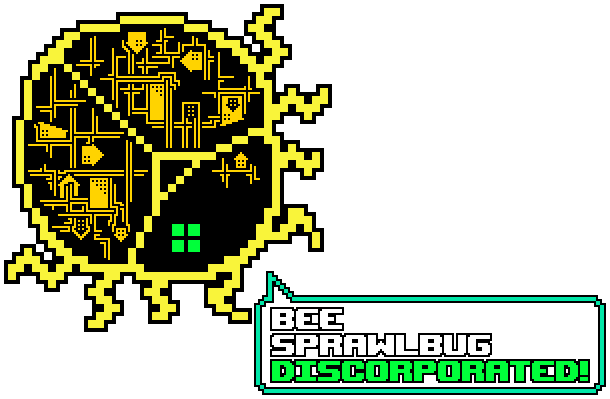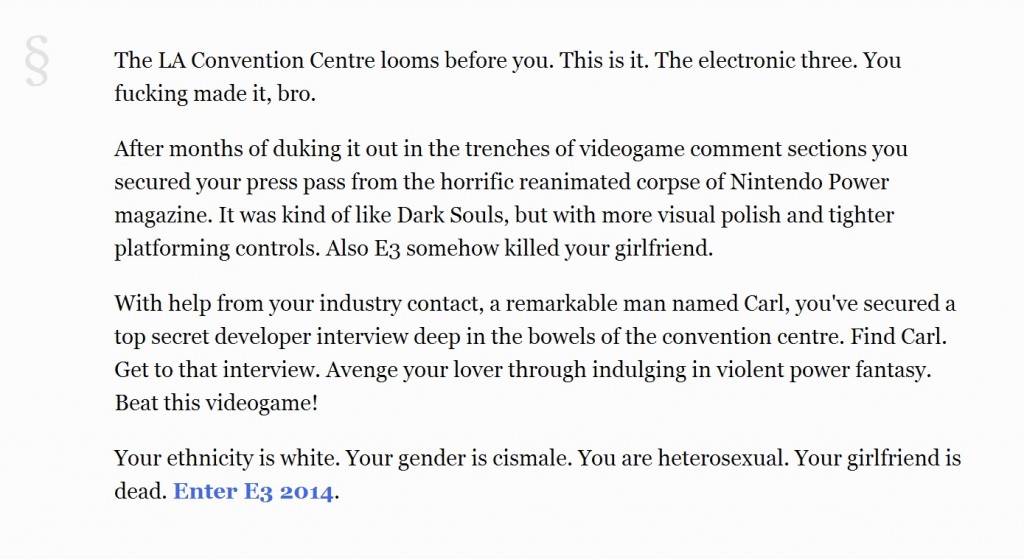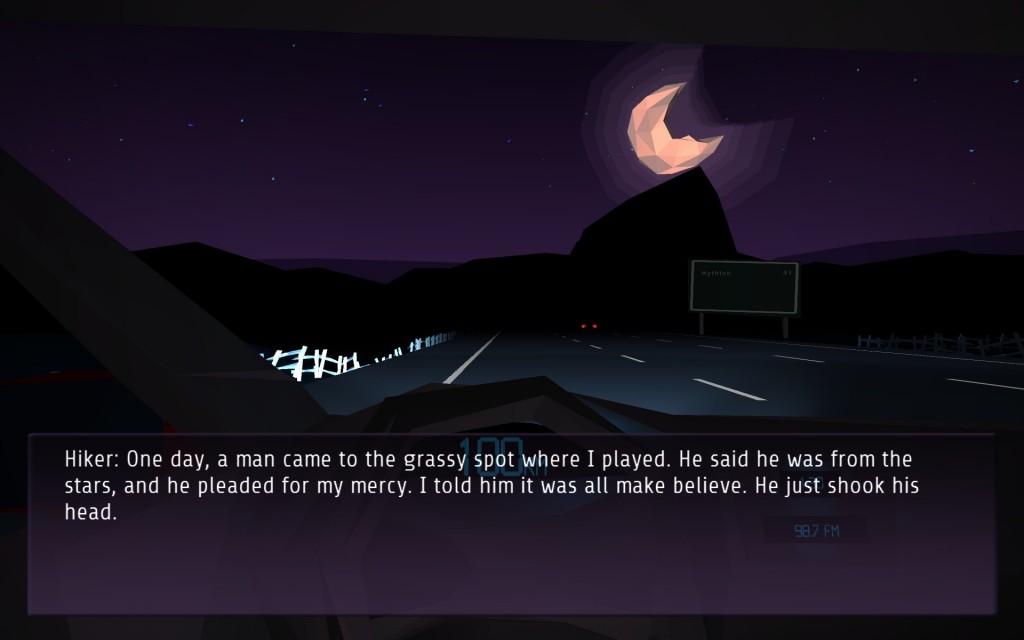#GamerGate believes it is winning.
For those of us on the wrong side of the endless media shit barrage, this is a difficult statement to parse. Who, exactly, is winning? Who for that matter is losing, and what shall they lose? What does anyone stand to gain from this fiasco? If we chose to ‘surrender’, what would be the terms?
The language of ‘culture war’, it turns out, is indistinguishable from the language of actual war. We imagine battles fought, moves made, territory gained and lost; a coherent narrative of the sort we’d see in a military history book. Yet as we gaze into the abyss of Gamer Gate (and as the abyss gazes menacingly into us) there is no through line to be found. There is no organized military following a strict chain of command, no unified strategic objective. Instead we encounter a sort of militia in which any given member might be an activist, an agitator, a sadist or a profiteer. This lot is too diverse (in the sense that the audience to a public execution might be ‘diverse’) to condense its will into a unified whole. Instead it spreads itself everywhere at once, a rolling cloud of excrement whose form is impossible to discern.
One of the hashtag’s innumerable undulating faces insists Gamer Gate is about “ethics”, though not in any specific sense of the term. Another is preoccupied with locating women on the internet and calling them “cunts” over and over again. Gamer Gate appears to be unconcerned by the fact that its expressed goals contradict as often as they overlap. Its denizens seem perfectly content to deny, to shift blame, to escalate and so on. Howsoever they might differ, their sole point of agreement remains: They believe Gamer Gate should never end. Enamoured by its lawlessness, its savagery and its stupidity (which manifest, as Noam Chomsky is fond of saying, in that precise order) the Gaters rage on into September, unfocused as ever. What can we say is the true purpose of Gamer Gate anymore, save for the prolonging of Gamer Gate? How should we describe a supposed theatre of ‘culture war’ in which the only apparent strategic objective is to roam about in perpetuity setting fire to the flammable? This is no ‘war’ we see before us. It’s a hockey riot, sanctioned tacitly by social media companies and the great state of videogames. All it lacks is police.
Like any good riot, Gamer Gate has its share of anonymous militants using other people’s faces as their shield. As The Art of War reminds us, anonymity represents the ultimate defensive formation: It presents no angle of attack even as it permits all manner of atrocities against one’s target. The militants sneak about using shitty words like ‘doxxing’ to rationalize their monstrous and criminal abuse of the marginalized. Meanwhile, conscientious activists stand in the foreground preaching about “ethics”. The militants hide behind the preachers as the preachers blithely ignore the presence of the militants; both groups, united under the banner of ‘gamer’, stand distinct yet indistinct, free (by their estimation) to avow or disavow whichever actions help their cause.
The effects of this implicit partnership are as horrific as they are disorienting. The cultural construct of the ‘gamer’, a figure shared by preacher and militant alike, flails this way and that as if affected by a debilitating psychosis. “How dare you use ad hominem attacks against us” shouts one ‘gamer’ as a second speculates about the odour of their victims’ genitals. “How dare you accuse us of perpetuating rape culture” yowls a third ‘gamer’ as a fourth threatens rape survivors with sexual assault. “How dare you accuse us of violence”, bellows a fifth ‘gamer’ as a sixth inflicts violence on a woman as revenge for critiquing the degree of violence present in videogames. “This is about ethics!”
A rigorous grasp of “ethics” in the philosophical sense of the term would, of course, compel our preachers to consider the possibility that every gain they claim on behalf of Gamer Gate resulted predominantly from militant harassment campaigns (and, furthermore, that these campaigns actually pre-date Gamer Gate by many years). Yet I do not see this concern reflected in the voices of the congregation. Shall I conclude that the people calling for ethics only seek fair treatment for themselves, and that they do so by any available means? Are we no longer discussing ethics in any capacity, having fallen back upon its duplicitous cousin tyranny? It is difficult to say when so many voices cry in unison at cross purposes from one another. Indeed, it is difficult to say anything at all.
Riots like this one are but one of the many perils to which we can look forward so long as we live under a monoculture of ‘gamers’. In a more pluralistic domain each individual might enjoy the liberty to produce and consume as they see fit, building unique and valid identities around these modes of self-expression. Under ‘gamers’, however, taste is a matter of public interest and, therefore, subject to public inquisition. The monoculture holds consensus to be a foregone conclusion: For every game there exists one objective review score, tangible and knowable, as real and true as the plastic in the disc. Each ‘gamer’ believes their own values to be the culture’s common values. Each believes their own review score to be the correct one. Each looks upon disagreement as delusional at best and heretical at worst. Their belonging in the culture rests upon how closely they manage to fit the local weighted average.
Seeking to eliminate dissent and, therefore, to defend the status quo, the monoculture successfully obscures all the processes by which the games industry actually manipulates it. The preachers of Gamer Gate do not complain about the marketing practices by which AAA’s target demographic honed itself to a fine point; they excuse the publishing practices by which a loose confederation of ambitious game studios congealed into a handful of annualized franchise mills; they celebrate the development practices by which accommodating the cultural mean became a matter of religious fervour. In a culture that has made them poorer in every respect they remain content to punch down at whichever outliers they can find, punishing a disempowered few for regarding them as violent and misogynistic monsters rather than the wealthy giants who made them that way.
Those of us who make videogames (and writing that pertains to videogames) have little stake in the ‘gamer’ monoculture; many of us would prefer to abandon it. Yet what we’ve learned from Gamer Gate is that one cannot simply secede from ‘gamer’ culture without incident. (Arguably, it was our determination to do so that sparked this riot in the first place.) ‘Gamers’ depend on us, and we on them, in the exact same sense that a narcissistic partner is codependent with the victim of his abuse. ‘Gamers’ demand an unending stream of products with which to reify their cultural identity while we require funding and must often seek it near or within mainstream circles (no matter how abusive we find these circles to be). The videogame scene’s avant garde is, in no uncertain terms, a colony of the ‘gamer’ empire. Like an imperial power, ‘gamers’ demand control over everything we produce. Under their rule developers must make only what ‘gamers’ will like; writers must produce reviews only for these ‘objectively’ good products; and, most importantly, every single one of these reviews must contain nothing except a replication of the same ‘objective’ score. Where games like Depression Quest manage to obtain broader cultural appeal the ‘gamer’ appropriates this, seizing all the benefits of the situation while simultaneously disenfranchising their creators. “Games are art!” cries a seventh ‘gamer’ while an eighth hurls slurs at Zoe Quinn for daring to produce something other than mere entertainment.
Existing as no more than a whirling storm of tuples in the databases of online retailers and dwelling solely amongst images and AstroTurf, ‘gamer’ culture cannot imagine a world made from anything except these things. Where it observes human friendship it imagines vast conspiracies, unable to comprehend a culture connected by individuals rather than brands and corporations. Where it encounters the flesh and blood experiences of Anita Sarkeesian it seeks to combat them with the pixels and ideology of Vivian James. (It is, in fact, incapable of discerning a difference between the two entities.) When people dispute its rule it assumes they serve a rival empire from the distant continent of ‘Social Justice’, come to steal its wealth and territory. It cannot imagine a reality without consensus, where different people and ideas coexist. Instead it drives its dissidents to revolt as an excuse to further marginalize them.
The ‘gamer’ empire, like all empires, wages a campaign of perpetual violence against its discontents. It threatens to eject them yet never permits them to leave. It goads them into attacking it so it might justify harassing them continuously. It makes impossible demands of them so it might punish them for failing to satisfy it. This is the never ending dialectic by which the powers of industry process creative people into pig feed: Exit the trough and you must answer to the animals.





